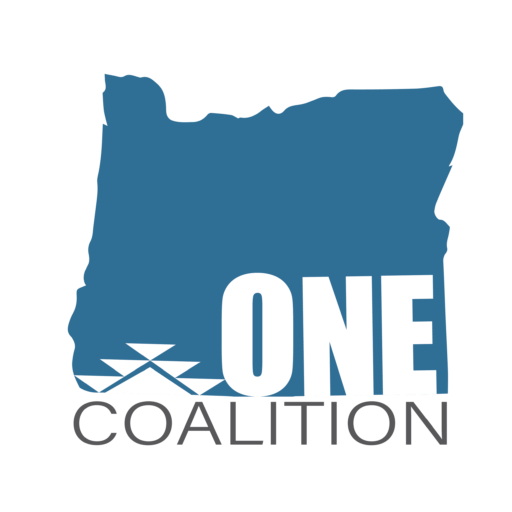Practice Proximity
Add clarity by grouping similar objects together and embracing the negative space.
Transcript
Now that you’re clear on what you aim to communicate, it’s time to bring all your design elements together on the page.
You could just drop them all in there and hope for the best. Or… you could learn a few tips to master the art of layout!
Practise proximity.
The top tip I would have is:
Don’t be afraid to make lots of different versions of your design.
You don’t have to be super precious and super precise with the one design you’re making.
You can save out different versions and usually, what I say is, if you really can’t figure out how to nail a layout, just try to make different versions of it. And if you have, like, five versions of a design, you’ll be able to identify one of them that you like the most.
And then, maybe pick apart that one that you like the most and try to understand why that layout is more effective than the other four designs.
Say you’ve launched a new business and you’re designing the flyer for your opening day.
First of all, congratulations!
Tip one: practice proximity. Proximity sounds fancy but it’s actually pretty simple to achieve.
Take the elements that are related to each other and group them together.
So, for your opening day flyer, give the title its own space, then group the details like time and location together.
And what about the rest of your page?
Fill it with more stuff? No.
Tip two:
Embrace the negative space. The empty space around your elements helps the viewer to focus on them without distraction and gives balance to your design.
So, remember practice proximity and embrace the negative space.
You’ll master the art of layout in no time!
